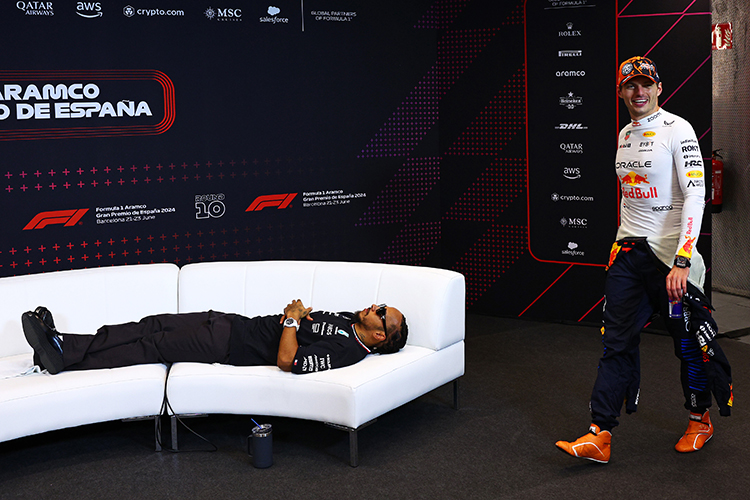The Need for Speed: Exploring the Top Speeds of Formula 1 Cars

Formula 1 World Champions: A legacy of racing legends
The Need for Speed: Exploring the Top Speeds of Formula 1 Cars
Discover the top speeds of Formula 1 cars, the technology that drives them, and how speed is balanced with safety in the world of F1 racing.
How Fast Are F1 Cars and What Drives Their Speed?
Formula 1 is often regarded as the pinnacle of motorsport, where precision, speed, and cutting-edge technology come together. But just how fast can these machines go? In this article, we explore the top speeds of Formula 1 cars and the technological marvels behind them.
How Fast Are F1 Cars?
Formula 1 cars are among the fastest in the world, reaching a peak speed of around 233 mph (375 km/h). This record speed is typically achieved on long straight sections of tracks such as the famous Monza circuit in Italy. However, during most races, the cars maintain an average speed of 200 mph (322 km/h), demonstrating their extraordinary performance capabilities.
What Drives Their Speed?
Several key factors contribute to the immense speed of F1 cars, including the power unit, aerodynamics, weight, and tires.
Engine and Power Units
The heart of any Formula 1 car is its hybrid power unit, combining a 1.6-liter V6 turbocharged engine with an electric motor system. These energy recovery systems, known as MGU-K (Motor Generator Unit Kinetic) and MGU-H (Motor Generator Unit Heat), deliver immense power while maintaining fuel efficiency.
Aerodynamics
Aerodynamics plays a crucial role in an F1 car's speed. The cars are designed to minimize drag and maximize downforce, helping them stay firmly planted on the track at high speeds. Components like front and rear wings, diffusers, and bargeboards are meticulously crafted to optimize airflow around the car.
Lightweight Construction
F1 cars are built using lightweight yet strong materials such as carbon fiber, which helps reduce weight while maintaining structural integrity. This not only aids in speed but also enhances driver safety during high-speed impacts.
Tires
F1 tires are specifically designed to handle extreme speeds, providing the necessary grip for acceleration, braking, and cornering. The choice of tire compounds and their setup is a critical factor in achieving optimal performance on different track surfaces.
Are F1 Cars Too Fast?
The question of whether F1 cars are "too fast" is subjective and depends on various factors, including safety and technology. While speed is a vital component of the sport, Formula 1 consistently updates its regulations to ensure that advancements in performance do not compromise driver safety.
Performance and Speed
F1 cars are engineered for unmatched performance, reaching top speeds of around 335 km/h (208 mph). They can accelerate from 0 to 100 km/h in just 2.9 seconds, making them some of the fastest racing machines on the planet.
Safety Considerations
As F1 cars push the limits of speed, safety remains a priority. Innovations such as the halo device and advanced crash structures are designed to protect drivers during high-speed collisions. Despite these efforts, accidents are still a concern, which raises ongoing discussions about the balance between speed and safety.
Technological Evolution
Technological advances in Formula 1 continue to shape the sport, with rule changes for the 2026 season addressing some of the current challenges related to car height and aerodynamics. These changes are expected to make racing even more competitive and safer.
Entertainment Value
The thrill of watching F1 cars zoom past at incredible speeds is a major draw for fans. Records are continually broken, and current cars average speeds between 210 and 220 mph, ensuring that each race remains a spectacle of speed and skill.
In Conclusion
While Formula 1 cars are undeniably fast, safety advancements and regulatory measures strive to strike a balance between performance and driver welfare. Whether they are "too fast" depends on perspective, but with ongoing technological improvements and a focus on safety, F1 continues to push the boundaries of speed in motorsport.
Up Next


